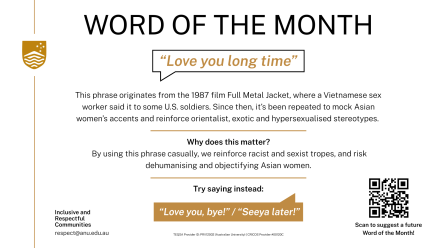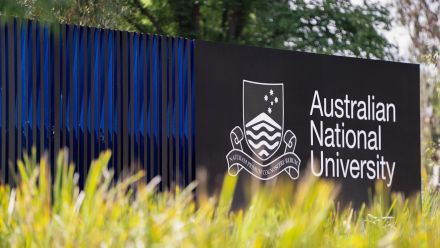The Promise of Peace: Remembering this Remembrance Day
On 11 November 1918 the big guns fell silent on Flanders and the Somme. Elsie Tranter, an Australian nurse serving in a hospital near Amiens, found a moment to scribble in her diary.
"At 11 am Church bells pealed out ... and France went almost mad with joy. ... Armistice has been signed. ... Little children and adults too were singing and dancing in the streets, flags were flying from all windows, ... [everyone was] kissing almost everyone they met, first on one cheek then on the other."
Elsie didn't go into the town. Rather she spent that day as she did almost every other, tending to a legion of sick and wounded.
"Here in the hut we have had a very busy day ... One very young fair-haired boy who has been suitably nicknamed 'Sunny Jim' was practically dying when we went on duty in the morning. When the noise started at 11 am he wanted to know the meaning of it - he thought it was the commencement of a barrage. When we told him that the war was over he seemed unable to realise it, ... and asked 'Is it really over? Won't I have to go back?' ... This poor little lad finished his battle towards evening. He was barely 18 years and we were all so fond of him. He was a 'Sunny Jim' to the last."
'Sunny Jim' would not be the last Australian casualty. For years to follow men and women died in their droves. Splinters of shrapnel worked their way through bodies, gassed soldiers coughed out their lungs, cot cases confined to iron beds slowly wasted away. 'Nervy' men took their own lives, haunted by the things they had seen and they had done.
How many lives did the Great War really claim? At the Australian War Memorial 60,000 names gleam in gold midst a forest of scarlet poppies. But filed away in the archives are the names of men and women who died in Repatriation Hospitals decades after the fighting ended. The same is true of every other nation caught up in the catastrophe of 1914-18.
To better understand the cost of that war, the ANU offers a Study Tour to Gallipoli and the Western Front. Students walk the ground on which the conflict was fought and explore the commemorative landscape that marks the old front line. They also work with a host of museums and archives. A hundred years since the carnage that tore Europe apart, Peace Museums like 'In Flanders Fields' in Belgium, speak across national borders and reveal the common tragedy shared by combatant and civilian alike.
Elsie Tranter's generation was promised 'A War to End all Wars'. As the escalating conflicts in Palestine and the Ukraine attest, the world has broken that promise time and again. But in 2024, a 110 years since WW1 began, ANU will resume an internship with Ieper, a city dedicated to trans national dialogue and the pursuit of peace. Kate Chipman and Archie Horneman Wren, applicants for the program, described the Study Tour as the highlight of their undergraduate studies. "And now I have the chance to return to Europe, and put the skills I've learnt to work in one of the world's great museums. This is truly 'hands on history'", Kate said. "And", Archie added, "this is a conversation our embattled world sorely needs to hear".


